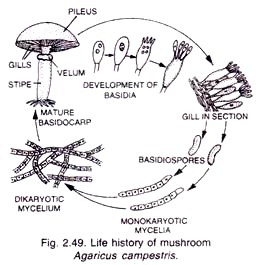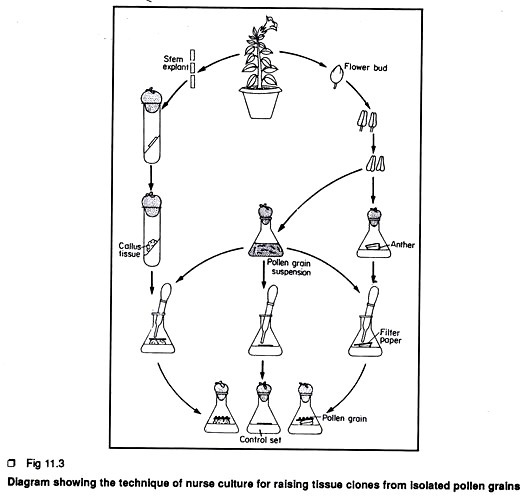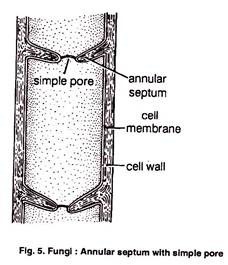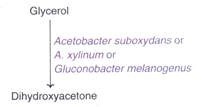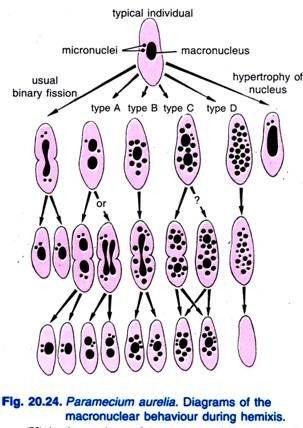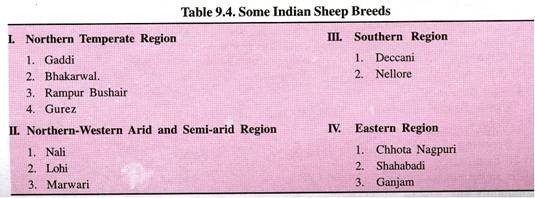William Harvey (1578-1657) was discoverer of process of the blood circulation in 1628.
The blood is thick and bright red fluid. It is alkaline (pH 7.3 – 7.45), salty viscous and heavier than water (sp. gravity 1.03-1.05).
An average adult person contains 5 to 6 liters of blood in his body. William was an English medical doctor, born in 1578, in Kent, England.
He was voracious student earning bachelors degree from Cambridge University in 1597. He proposed that blood flows through the heart in the separate systems, one system is pulmonary circulation, connects circulatory system to the lungs, and the second system is systemic circulation through which blood flows to the vital body organs and tissues.
Harvey also observed that blood flows through the veins towards the heart, but not in opposite direction. Harvey eventually developed an accurate theory of how the heart and circulatory system operated. He published his theories in 1628 in his famous book “On the motion of the Heart and blood in Animals”.
Contents
Blood Composition:
Blood is bright coloured, fluid connective tissue, which consists of two main parts
1. Plasma (60%),
2. Corpuscles (40%).
1. Plasma:
(Liquid part). It is straw coloured alkaline fluid which contains 90 to 92% water, proteins 7 to 8%, inorganic salts 1%, glucose 0.1% and other substances in negligible amount. Glucose, amino acids, hormones, fibrinogen and urea are other substances, while sodium chloride, potassium hydroxide, calcium sulphate and sodium-bi-carbonate are inorganic salts present in plasma. When fibrinogen protein is removed from plasma it is called serum.
2. Corpuscles:
(Cellular part) Corpuscles form living part of blood. There are following types of corpuscles (Fig. 1.16).
(a) Erythrocytes (RBCs):
Erythrocytes (Red Blood Corpuscles) are minute, biconcave circular structure, flat in the centre, thick at the periphery. They are with a diameter of 7 microns and thickness of 1-2 micron. Mature erythrocyte has no nucleus, no mitochondria and no ribosome. The life span is of only 120 days. Number of erythrocytes in male is 5.5 million/mm3, in female is 4.8 million/mm3. These corpuscles contain haemoglobin. The erythrocytes are produced in marrow of long bone such as ribs and breast bone, but in embryo, liver and spleen also. The process of their formation is called haemopoiesis. Erythrocytes disintegrate in spleen, liver and bone marrow, this process is called haemolysis.
A Red coloured substance is present in Erythrocytes, it is called haemoglobin. It is Conjugated chromoprotein. Haemoglobin forms 95% of the solids present in the RBCs. Haemoglobin has two main parts, globin and Haem. Haem in turn; is composed of Iron and porphyrin. Each molecule of Haemoglobin has four ferrous atoms. Porphyrin is a pigment of four pyrrol groups, it is a protein. It is water soluble and insoluble in alcohol.
The main function of haemoglobin is oxygen carriage from lungs to body tissues and carbon dioxide transport in blood. On breakdown it forms important bile pigments Blood gets its colour from trillions of Erythrocytes in plasma. The blood of lobsters and other large crustaceans is blue due to the presence of oxygen carrying pigment known as hemocyanin, as contain copper molecules rather than iron molecules. The main function of erythrocytes is to deliver oxygen, as they lack mitochondria they cannot use oxygen and transport full absorbed oxygen to the tissues.
(b) Leucocytes (WBCs):
These are produced in red bone marrow, lymph nodes average life is about two weeks. These are large irregular or oval colourless nucleated structures. These corpuscles do not contain haemoglobin. Number of leucocytes are 7000/mm3 in an adult. When number of leucocytes increase, it is called leukaemia. There are two types of Leucocytes:
(a) Granulocytes and
(b) Agranulocytes.
Basophils, acidophils and neutrophils are the types of granulocytes. Lymphocytes and monocytes are the types of agranulocytes. Production of anti toxins, formation of antibodies, help in fat metabolism, phagocytic action against infecting organisms, help in tissue repair and help to maintain plasma concentration are the main functions of leucocytes. Monocyte is the largest WBC and smallest WBC is lymphocyte.
(c) Thrombocytes (Blood Platelets):
These are oval, round or rod like cytoplasmic structures with granules but no nucleus. Number of platelets is 2, 50,000/mm3. These are formed in red bone marrow. Their life span is 3 to 5 days and are destroyed mainly in the spleen. Protection of inner lining of blood vessels due to adhesive property and initiates the process of blood clotting are the main functions of thrombocytes.
Functions of Blood:
1. Blood transports digested food materials such as glucose, amino acids and fatty acids to various body parts.
2. Blood regulates body temperature.
3. Blood transports oxygen from lungs to the tissues, oxygen is carried in two ways 98 per cent travels as oxy-haemoglobin and remaining two per cent is dissolved in plasma.
4. Leucocytes of blood protect the body from diseases.
5. Blood helps in wound healing.
6. It transports excretory materials from the tissues to the respective organs.
7. Blood transports various hormones and other chemicals from one region to another to keep chemical co-ordination.
Dr. James Blundell (1791-1878) Dr. James Blundell was an English (British) physician. First of all in 1818 James blundell determined that a blood transfusion would be appropriate to treat a severe hemorrhage. He also discovered the importance of letting all the air out of a syringe prior to the transfusion.
Blood Transfusion:
When patients undergo surgical operations they need blood, then it becomes necessary to inject blood into the body of patient. This is called blood transfusion. [Fig. 1.17 (a)]. For this process, blood is introduced into the body of patient from a healthy person called donor. It is necessary for this that the blood of both acceptor and donor should match.
The blood of donor may not always match the blood of the patient who receives it, as a result, the blood of the patient clumps or agglutinates, proving fatal to the life of the patient. Mismatching of blood takes places due to the reaction between antigens present in the RBCs cells of donor and antibodies present in the plasma of the receiver.
Karl Landsteiner was born on June 14, 1868 in Vienna, Austria. In 1891 he received his medical degree. In 1901-1903 Landsteiner discovered that during a blood transfusion from human to human, different foreign bloods tends to clump and cause shock or jaundice.
In 1909, Landsteiner categorized the modern system for human blood into A, B, AB and O groups. Landsteiner, along with A.S. Weiner, identified the Rh factor on 1940. In 1930, Landsteiner received the Nobel Prize for medicine for his work on differentiating the blood groups.
Blood Group:
The human blood is divided into four types of blood groups. A, B, AB and O according to which, RBC antigens they have [Fig. 1.17 (b)]. O type blood can be given to persons of all types of blood groups, such as O, A, B and AB. The person having blood group O, is called universal donor. The person of blood group AB can receive the blood from all type of blood groups AB, A, B and O, and is therefore called universal acceptor.
Besides the regular antigens, there is one antigen called Rh factor that determines the compatibility of blood transfusion. Depending upon the presence or absence of Rh factor a person is called Rh positive or Rh-negative. Rh-negative persons do not have an antibody in the plasma against Rh factor.
Blood Clotting:
Blood is fluid connective tissue, when the blood comes out through injury, the platelets come in contact with the air, due to this thromboplastin (an enzyme) is released and it combines with calcium ions present in plasma and converts pro-thrombin into thrombin. Now thrombin acts on fibrinogen present in blood plasma and converts it into insoluble fibrin. Fibrins is solid substance and form a fine network around the wound. Blood cells are unable to go through this network.
Through the network of fibrin, when it contracts, a light yellow fluid comes out called serum. Blood does not clot in vessels due to some factors such as:
(1) Constant flow of blood in vessels if velocity of circulation decreases it leads to clotting
(2) Smooth endothelial lining of blood vessels prevent clotting
(3) Presence of natural anticoagulants in the blood such as ‘heparin’ and protein ‘C’ (Fig. 1.18a & 1.18b).
Blood Pressure:
Blood pressure is pressure which is exerted by the blood on the walls of blood vessels. Upper limit of blood pressure is called systolic pressure and responsible for movement of fresh blood in the arteries. Normal blood pressure (for upper limit) in adult is 100-140 (systolic) and the lower limit 60-80 (diastolic) when a person is having 140 mm systolic and above 90 mm diastolic pressure, the person is said to be a case of hypertension. Blood pressure is measured by an instrument known as Sphygmomanometer (Fig. 1.19).
